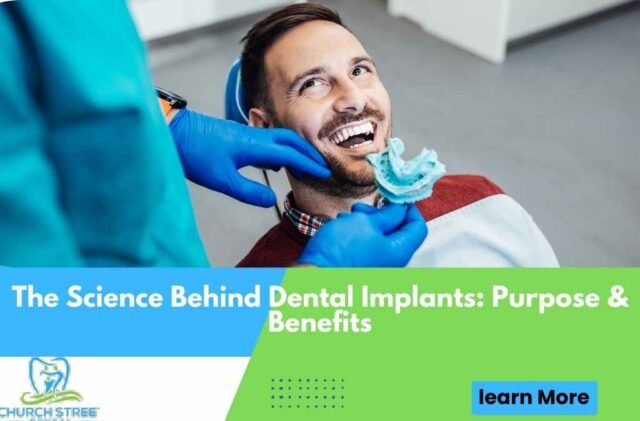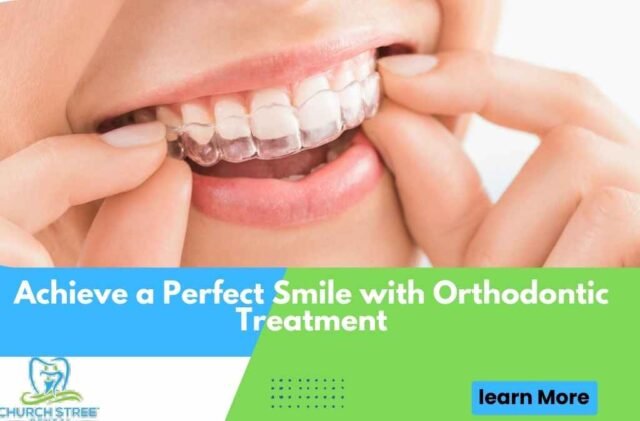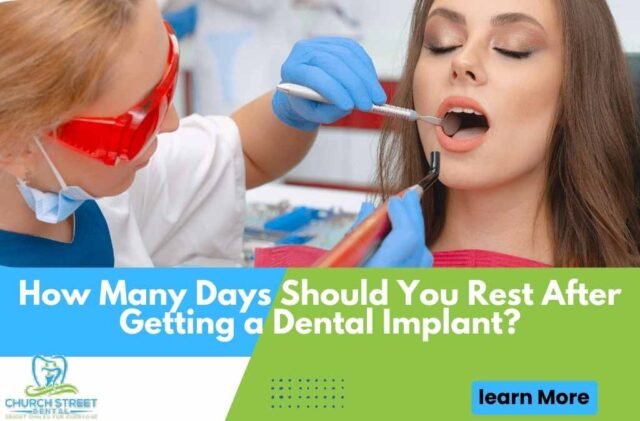Shining Smile: Understanding Tooth Discoloration and Your Path to Whiter Teeth
A radiant, white smile is often associated with confidence, health, and vitality. However, a discolored tooth can hinder your ability to smile freely and confidently. If you’re aiming for a brighter smile, understanding the causes of tooth discoloration is the first step. This article delves into the reasons behind tooth stains and explores various solutions to restore your pearly whites.
Unveiling the Culprits: Why Teeth Lose Their Luster
Tooth discoloration can appear in different shades, with the underlying cause influencing the color. Here’s a breakdown of common culprits behind tooth stains:
Dietary Choices: Consuming pigmented foods and beverages such as coffee, tea, red wine, colas, curries, and certain fruits (like berries and pomegranates) can stain teeth over time. These substances leave behind microscopic particles that adhere to the enamel, the outer layer of the tooth. Acidic foods and drinks can also erode enamel, making teeth more susceptible to stains, contributing to tooth discoloration.
Tobacco Use: Smoking and chewing tobacco are well-known for causing significant tooth discoloration. Tar and nicotine from tobacco products stain teeth a stubborn yellow or brown. These stains penetrate deep into the tooth enamel, making them difficult to remove with regular brushing.
Poor Oral Hygiene: Inadequate brushing and flossing allow plaque, a sticky film harboring bacteria, to build up on teeth. Plaque can stain the enamel and eventually harden into tartar, worsening discoloration. Regular dental cleanings are essential to remove plaque and tartar, keeping your teeth looking their best and preventing tooth discoloration.
Age-Related Changes: As we age, enamel naturally thins, revealing the yellowish dentin layer beneath. This can give teeth a duller, less white appearance. Additionally, years of exposure to food, drink, and other staining agents can accumulate, leading to more pronounced discoloration.
Medications: Certain medications, such as tetracycline and doxycycline antibiotics used in childhood or during pregnancy, can discolor developing teeth, resulting in gray or brown stains. Doxycycline tooth discoloration is particularly notable and requires specific treatments. Other medications like antihistamines, antipsychotics, and high blood pressure drugs can also contribute to tooth discoloration.
Medical Conditions: Injuries or trauma to the tooth can damage the pulp inside, leading to discoloration. Certain medical conditions can also affect tooth color. For instance, conditions like amelogenesis imperfecta and dentinogenesis imperfecta affect the development of tooth enamel and dentin, respectively, leading to intrinsic discoloration.
Fluorosis: Excessive fluoride exposure during childhood tooth development can cause white spots or mottling on teeth. While not harmful, it can be a cosmetic concern. Fluorosis is more common in areas with high natural fluoride levels in the water supply.
Restoring Your Smile: Solutions for Tooth Discoloration
The approach to treating tooth discoloration depends on the severity and cause of the stains. Here are some options to consider:
At-Home Whitening Products: Over-the-counter whitening toothpastes, gels, strips, and rinses offer a convenient way to tackle mild surface stains. These products typically contain bleaching agents like hydrogen peroxide or carbamide peroxide to gradually whiten teeth. While effective for surface stains, they may not be as effective for deeper, intrinsic discoloration. For those wondering how to fix one discolored tooth at home, these products can be a good starting point, though results may vary.
Professional Teeth Whitening: For more dramatic and long-lasting results, professional treatments from your dentist are highly effective. In-office whitening procedures use stronger bleaching agents and specialized techniques to achieve significant whitening in a single visit. These treatments often involve the use of light or laser to accelerate the whitening process. Dentist-prescribed take-home kits provide custom trays and whitening gel for gradual at-home whitening. These kits ensure a better fit and more consistent results compared to over-the-counter products.
Dental Cleanings: Regular professional dental cleanings are crucial for removing plaque and tartar buildup that contribute to discoloration. Cleanings also polish teeth, removing surface stains and revealing a brighter enamel. Your dentist can also provide advice on maintaining your oral hygiene routine to prevent future stains.
Cosmetic Dentistry: For severe discoloration, such as a discolored front tooth or gray tooth discoloration due to fluorosis or other intrinsic factors, cosmetic procedures like dental veneers or crowns can mask stains and create a whiter, more uniform smile. Veneers are thin shells made of porcelain or composite resin that are bonded to the front of the teeth. Crowns are caps that cover the entire tooth. Both options provide a long-lasting solution for severely discolored teeth.
Internal Bleaching: For teeth that have been discolored due to internal issues, such as trauma or root canal on a front tooth discoloration, internal bleaching may be an option. This procedure involves placing a bleaching agent inside the tooth and sealing it. The bleaching agent remains inside the tooth for a few days, gradually lightening the discoloration from within.
Safeguarding Your Smile: Prevention is Key
Maintaining a bright smile requires a proactive approach. Here are essential practices to prevent tooth discoloration:
Practice Excellent Oral Hygiene: Brushing your teeth twice a day with fluoride toothpaste and flossing daily are the cornerstones of good oral hygiene. Proper brushing technique ensures all tooth surfaces are cleaned effectively. Using an electric toothbrush can help ensure a thorough clean. Don’t forget to brush your tongue, as bacteria on the tongue can contribute to bad breath and staining.
Limit Staining Foods and Drinks: While you don’t have to eliminate your favorite treats, be mindful of their staining potential. Rinse your mouth with water after consuming staining beverages or foods to minimize their impact. Drinking milk or eating cheese after a meal can also help neutralize acids and protect enamel.
Consider Using Straws: Using straws can help reduce contact between staining drinks and your teeth. This is particularly effective for beverages like coffee, tea, and cola.
Avoid Tobacco: Quitting tobacco is not only beneficial for overall health but also essential for maintaining a white smile. There are numerous resources available to help you quit, including counseling, medications, and support groups.
Schedule Regular Dental Checkups: Regular dental visits allow your dentist to identify and address any potential issues that could lead to discoloration early on. Your dentist can provide professional cleanings and offer advice on preventing stains.
Maintain a Balanced Diet: Eating a balanced diet rich in fruits, vegetables, and dairy products can help maintain strong and healthy teeth. Crunchy fruits and vegetables, like apples and carrots, can help clean teeth naturally.
Stay Hydrated: Drinking plenty of water helps wash away food particles and bacteria that can lead to stains and decay. Staying hydrated also promotes the production of saliva, which is essential for maintaining oral health.
Use Mouthwash: Incorporating an antibacterial mouthwash into your daily routine can help reduce plaque buildup and keep your breath fresh. Some mouthwashes also contain whitening agents to help maintain a bright smile.
Protect Your Teeth: If you participate in sports or grind your teeth at night, consider wearing a mouthguard to protect your teeth from injury and wear.
Addressing Specific Discoloration Issues
Doxycycline and Tooth Discoloration: Doxycycline, an antibiotic, can cause tooth discoloration if taken during tooth development. This typically results in gray or brown discoloration. If you have concerns about doxycycline tooth discoloration, discuss alternative medications with your healthcare provider.
Tooth Discoloration Antibiotics: Besides doxycycline, other antibiotics can also contribute to tooth discoloration. If you notice sudden tooth discoloration while on antibiotics, consult your dentist for appropriate treatment options.
Gray Tooth Discoloration: Gray tooth discoloration can be caused by various factors, including trauma, certain medications, and aging. Treatment options vary based on the cause, ranging from professional whitening to cosmetic dentistry solutions like veneers or crowns.
Discolored Front Tooth: A discolored front tooth can be particularly concerning due to its visibility. Professional whitening, veneers, or crowns are effective solutions to restore a uniform appearance.
Conclusion
A healthy and beautiful smile is within reach. By understanding the causes of tooth discoloration and adopting preventive measures, you can maintain a brighter, whiter smile that reflects your confidence and well-being. If you’re concerned about discolored teeth, consult your dentist to determine the best course of treatment for achieving your desired results. For personalized advice and treatment options tailored to your needs, visit Church Street Dental, the best choice for a “dentist near me” in Chicopee, MA. Their experienced team can help you achieve the bright, confident smile you deserve.






